In its “fesoterodine hydrogen fumarate” decision, the German BGH has specified the requirements for the notification of a service invention. In addition, the BGH decided that assignment does not constitute a sham transaction if it makes it possible for both parties to apply for industrial property rights.

In this interesting case “Fesoterodine Hydrogen Fumarate” (X ZR 148/17), the Federal Court of Justice (BGH) explained the requirements for the notification of a Employee’s invention in detail and as guiding principle decisions.
According to German § 5 ArbEG, an employee is not only required, but even obliged, to immediately report the Employee’s invention to his employer. The Employee’s inventor has no right to choose whether he/she reports a Employee’s invention to his/her employer in compliance with the requirements of § 5 ArbEG or a company improvement suggestion or result. This leads in practice again and again to disputes such as the present one.
Facts: The notification of the Employee’s invention
In the present case, the applicant was a pharmacist who, as an employee, made an invention for pharmaceutical compositions containing fesoterodine ‘fesoterodine hydrogen fumarate’. As usual in such a case, several employees and also departments of the company were involved.
In January 2005, the plaintiff sent a letter to the then head of the patent department about the invention “fesoterodine hydrogen fumarate”, explaining the subject matter of the invention, background and how it came about. He described various formulation concepts, processes and dosage forms.
Under the heading “patent aspects” he explained to what extent patentable facts could be derived from the development work, which would require careful examination. The working groups “Formulation” and “Analytics” were involved in the development. For the “formulation” group, of which he himself was a member, the plaintiff proposed a percentage share of the inventor.
It was not until April 2015 that the plaintiff was requested by the company to file an invention disclosure using the form commonly used in the company, which he complied with within a few days. The company made full use of the invention and applied for industrial property rights to it.
Invention disclosure by letter or by form?
The time of the invention disclosure was a matter of dispute between the plaintiff and the company: was the letter of January valid or was the form only valid in April?
This is an important question both for the compensation of the service invention and with regard to further assigned claims of one of the employees involved. Above all, however, in the present case, property rights were also applied for in the U.S.A. for the invention. This also concerned the claim of the plaintiff against the U.S. Patent Office to be registered as co-owner in the transcription of the patent and the patent application.
Court of appeal must decide again
The court of appeal had considered the letter of January as a separate written invention disclosure according to § 5 (1) ArbNErfG aF to be fulfilled and had referred in its reasoning to the fact that the plaintiff had referred to completed findings, ergo there was no interim result, and above all that he had named his own share as co-inventor as well as the co-inventors also involved.
The BGH dismissed this. In particular, the Court of Appeal should have considered that the plaintiff himself had suggested a careful examination of the patentable facts. Such a passage in the notification of an Employee’s invention does not necessarily contradict the result found by the Court of Appeal, the BGH stated. However, in the context of the assessment of the facts of the case which is incumbent on it (§ 286 ZPO), the Court of Appeal should have dealt with them and justified why it considered the passages of the letter referred to by it to be decisive.
The question of whether the letter of January 2005 meets the requirements for an invention disclosure therefore requires a renewed factual assessment, the BGH ruled, and referred this decision to the Court of Appeal.
BGH Guidelines for the notification of a service invention
With regard to the interpretation of § 5 ArbEG, the BGH also ruled as guidelines:
- According to paragraph 1, the employer should receive an original notification signed by the employee. It must be made clear that it is the notification of an invention. However, this provision does not contain any further requirements with regard to addressing or transmission of the notification to the employer.
- If several employees are involved in an invention, it is sufficient according to § 5 (2) sentence 3 ArbNErfG aF, a note to the employer that co-inventors were involved and how these and their shares can be determined. A co-inventor from his own area of responsibility should specifically name a Employee’s inventor. With regard to the participation of employees from other areas of the company, however, it is generally sufficient to specify the relevant organizational unit.
- The notification of a service invention may also contain a summary of different formulation concepts, methods and pharmaceutical forms – as long as these concern the same technical problem and are based on a common approach to a solution and the invention disclosure is recognizable as such in the abundance of internal correspondence. Otherwise, a separate notification according to § 5 (1) sentence 1 ArbNErfG aF is required.
Transfer by means of a sham assignment transaction depending on the purpose
A second important aspect of this case concerned the transfer of the share of the invention by assignment and the question whether this is a sham transaction according to § 117 (1) BGB. On November 20, 2007, the plaintiff had signed an agreement, pre-formulated by the defendant’s legal predecessor, to transfer the rights to the inventions in dispute (assignment).
If the purpose of this was to enable the application for protective rights in the United States, as in the present case, such an assignment agreement could not be regarded as a sham transaction, the Federal Supreme Court ruled. The parties could only achieve this purpose by means of a valid declaration; under German law this is to be regarded as agreement for the agreed legal consequence, the BGH ruled.
Reassignment of the assigned rights possible
However, the act of transfer in rem required for the purposes of the notification must be distinguished from the basic relationship on which it is based, the court added. For if it later turns out that the invention has not been validly claimed, the employee can, pursuant to § 812.1 sentence 1 case 1 of the Civil Code, demand the reassignment of the assigned rights and the transfer of the employer’s property right positions achieved by the effected transfer. This is incidentally independent of whether the validity of the transfer is governed by German or American law, added the Federal Court of Justice.
Even if a transfer of rights was effective thereafter, this did not preclude claims of the employee to (re)transfer, the BGH explained, as long as both sides assumed that the rights to the invention had already been transferred to the employer by virtue of claiming the rights under German law and the German Law on Employees’ Inventions. Both sides know and want in such cases that the legal status required for the application for a US patent is transferred to the employer. Therefore, the necessary awareness of explanation is given here – contrary to a widespread opinion, for example of the OLG Düsseldorf and the OLG Frankfurt, the BGH explicitly added.
Do you have questions about a service invention?
Our patent law firm Meyer-Dulheuer MD Legal Patentanwälte PartG mbB has extensive expertise in the field of patent law and the law governing Employee’s invention.
We would be pleased to represent your interests both before the arbitration board and in any court proceedings that may become necessary. Please feel free to take advantage of our consulting offer.
Sources:
Image:
geralt | pixabay.com | CCO License


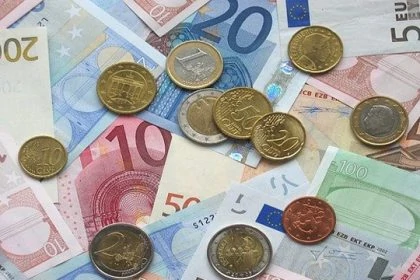
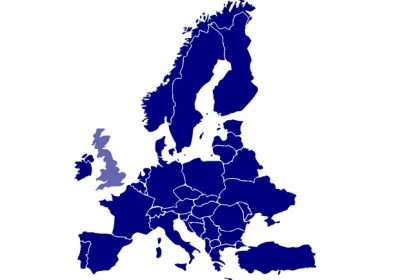
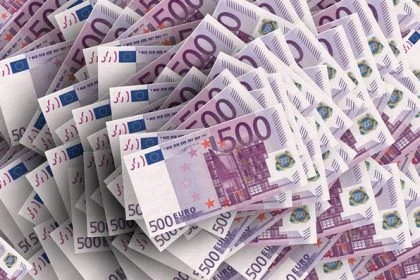

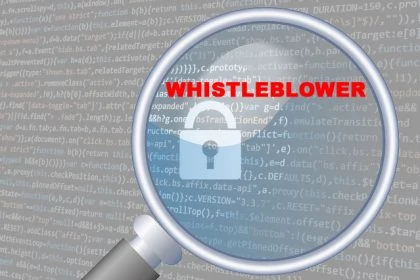
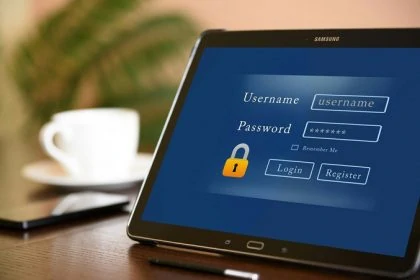
Leave a Reply